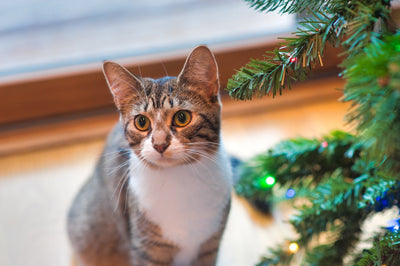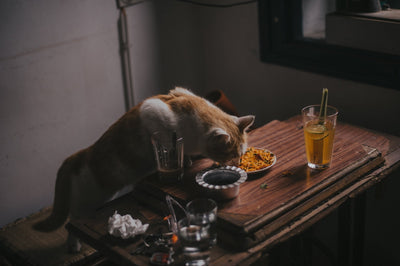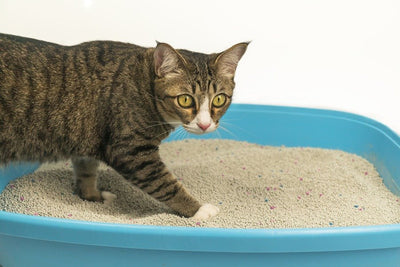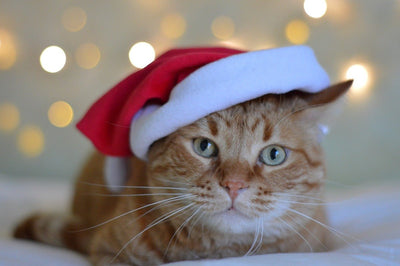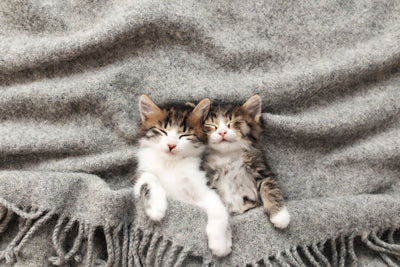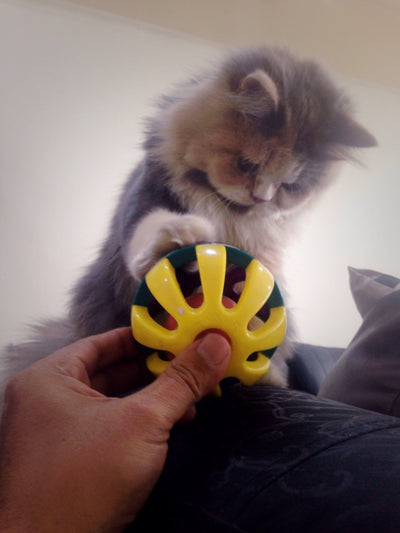The Pets Club is the ultimate destination for pet lovers in Dubai and Abu Dhabi. We cater to the diverse needs of pet owners by offering a wide range of high-quality products and services, all under one roof. Whether you're looking for the perfect toy for your furry friend or a comfortable bed for your feathered companion, our online pet store has it all. With free delivery on orders over a AED 100.00 and next day shipping available, shopping for your pet has never been easier.
Shop by Pet: Find Everything Your Companion Needs
No matter what type of pet you have, you'll find everything you need at The Pets Club. Our popular categories allow you to shop by pet, ensuring a seamless and personalized shopping experience. Discover the best products and services for your:
- Dogs: From cozy beds and nutritious treats to top-quality collars and leashes, we have everything your canine friend needs.
- Cats: Pamper your feline friend with our wide range of cat toys, grooming essentials, and health products.
- Fish: Keep your aquatic pets happy and healthy with our selection of aquariums, filters, and fish food.
- Birds: Find the perfect cage, toys, and feed for your avian companion, ensuring their happiness and well-being.
Free Delivery and Next Day Shipping
At The Pets Club, we understand that your pets are a part of your family, and we want to make it as easy as possible for you to care for them. That's why we offer free delivery in Dubai and Abu Dhabi on orders over AED100.00. Plus, with our next day shipping option, you can rest assured that your order will arrive promptly and in perfect condition.
Sign Up for Our Newsletter and Stay Updated
Don't miss out on the latest pet care trends, exclusive offers, and new product launches. Sign up for our newsletter and stay in the loop. As a bonus, you'll also receive expert advice and tips on keeping your pets happy and healthy.
My Account: Manage Your Orders and More
With a personalized my account section, The Pets Club makes it easy for you to manage your orders, track your shipments, and update your personal information. Simply sign up and enjoy a seamless shopping experience tailored to your needs.
All Rights Reserved: Shop with Confidence
The Pets Club is committed to providing top-notch products and services to pet owners in Dubai and Abu Dhabi. With our all rights reserved policy, you can trust that you're purchasing from a reputable and reliable source.
Professional Grooming and Training Accessories
In addition to our extensive selection of pet supplies, The Pets Club also offers professional grooming and training accessories in Dubai and Abu Dhabi.

















































































































































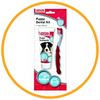
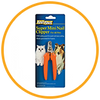







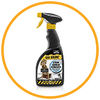


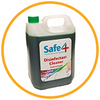







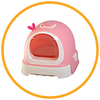









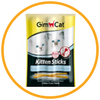









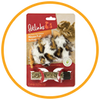





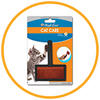


 Support
Support
 Account
Account Facebook
Facebook